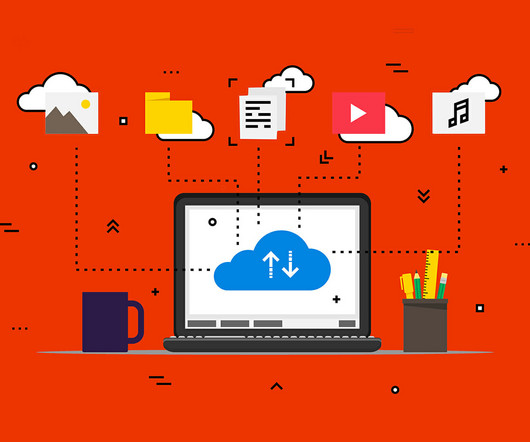Guest Post: Cybersecurity Incidents Lead to New Standards, Requirements
Security Industry Association
DECEMBER 13, 2023
The malware attacked and infected IoT devices, such as smart home security cameras and routers, by using default username and password combinations, turning the devices into malicious bots that attacked larger networks. and parts of Europe. It can help agencies stay informed about which pieces are secure and which may have vulnerabilities.











Let's personalize your content